Karashi is a spicy Japanese mustard with a kick that might surprise you. Stepping away from the milder profile of Western mustards, Karashi offers a distinctive zest that has seasoned traditional Japanese dishes for centuries. Intrigued? Dive into our article to uncover this culinary gem’s rich history and versatile applications from Japan.
What is Karashi?
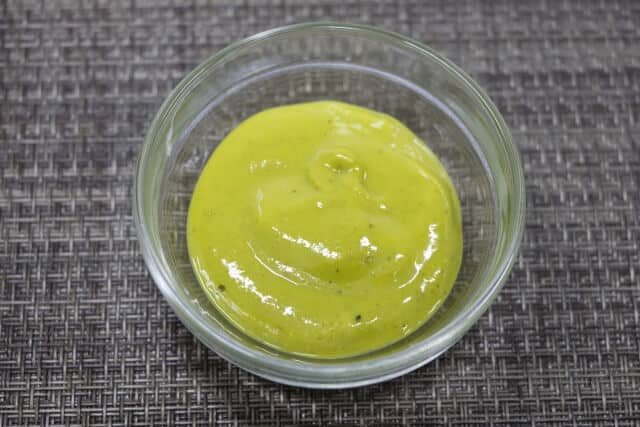
Karashi is a traditional Japanese mustard known for its sharp and spicy flavor, distinct from the milder Western yellow mustard. Made by kneading powdered mustard seeds with water or lukewarm water and usually does not contain other ingredients. Often used as a condiment in Japanese cuisine, locals typically paired this with oden and natto. In its raw form, karashi is a powder that is usually mixed with water to create a paste. This paste can also be found pre-prepared in tubes. Its potent kick can be likened to wasabi, another staple in Japanese cuisine, although the two have different origins and flavors.
Karashi History
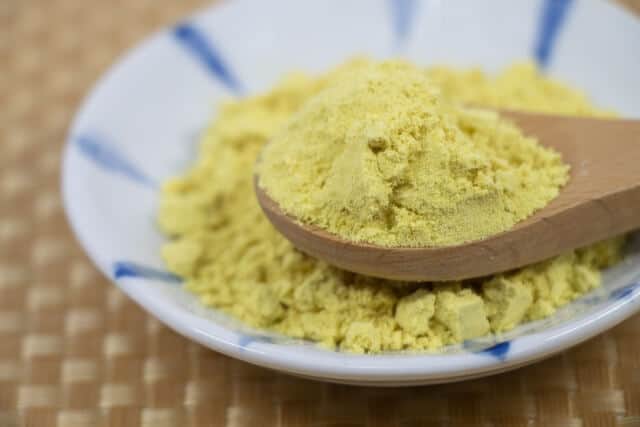
Karashi is significant in Japan’s culinary heritage. Although its origins and development within Japanese cuisine are less exhaustively documented than other ingredients, a general understanding exists. The mustard plant from which karashi is extracted, particularly the Brassica juncea species, is indigenous to China and India. This plant has been a part of Asian agriculture for millennia, valued for its seeds and greens. The introduction of mustard seeds to Japan is believed to have come from China or Korea.
In its formative years in Japan, karashi has medicinal benefits similar to wasabi. It was a remedy to aid digestion, counteract food poisoning, and detoxify raw fish. This made it an essential side for dishes like sushi and sashimi. As Japanese culinary artistry advanced, the role of karashi diversified. It transitioned from merely being a condiment to being a key ingredient in various sauces, dressings, and marinades, with traditional dishes like oden and natto. In contemporary times, karashi is indispensable in Japanese households and mirrors the prominence of other age-old ingredients.
Health information on Japanese mustard
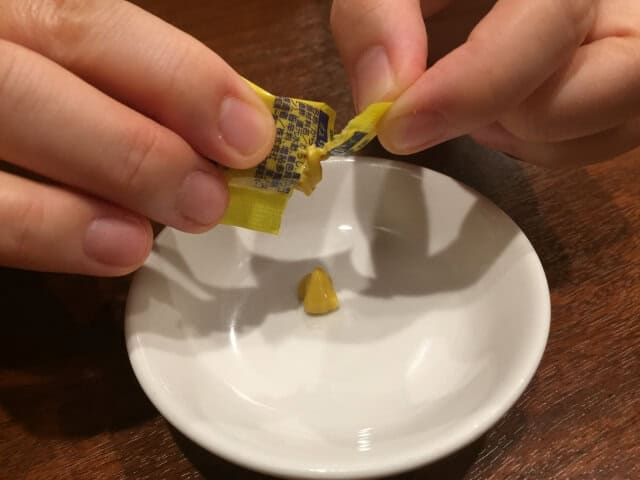
Consumed in moderation within a balanced diet, karashi is low in calories and a source of essential vitamins and minerals like selenium, magnesium, and phosphorus. The compounds in these mustard seeds have antioxidant properties, mitigating oxidative stress and potential anti-inflammatory effects, beneficial against chronic diseases and inflammation. The pungent nature of karashi aids digestion by promoting saliva and gastric juice production and offers sinus-clearing benefits similar to wasabi. However, consumers should be cautious of potential allergenic reactions to mustard and monitor sodium levels, especially if opting for pre-made versions, as high sodium intake can raise health concerns.
Karashi vs. wakarashi
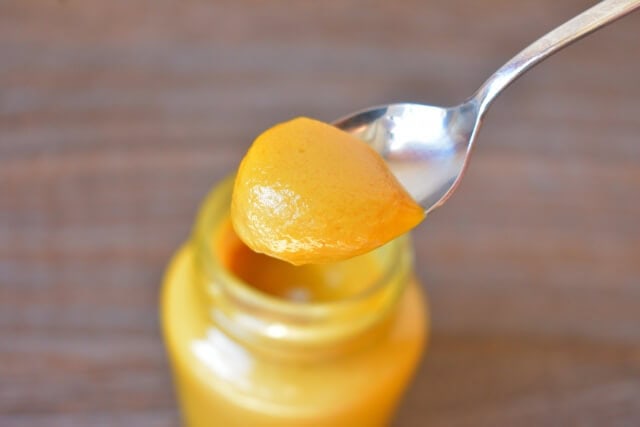
“Karashi” and “wakarashi” pertain to Japanese mustard but differ in form and application. The karashi is the traditional Japanese mustard with a sharp, wasabi-like flavor derived from mustard seeds, typically available in powder form. Once mixed with water, it becomes a paste used as a condiment for dishes like oden and tonkatsu or incorporated into dressings. On the other hand, “wakarashi” is for pickling or cooking, adding a milder mustardy flavor to meat dishes such as Japanese wagyu steak. It also goes well with vegetables and pickles.
Differences between Japanese mustard and Western mustard
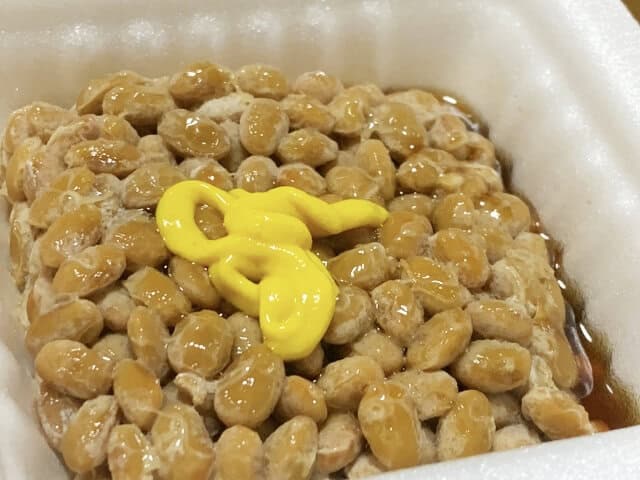
Japanese mustard, known as Karashi, and Western mustard stand apart in their origin, flavor, preparation, and culinary applications. Karashi boasts a sharp, fiery flavor, echoing the intensity of wasabi, a sensation that can be both invigorating and fleeting. In contrast, Western mustards, including varieties like yellow, Dijon, and whole grain, present a spectrum of flavors, ranging from the mild tanginess of yellow mustard, commonly used in the U.S., to the slightly stronger kick of Dijon and whole grain mustards.
In terms of preparation, Karashi often begins as a powder, later mixed with water to achieve its pasty consistency, though ready-to-use tubes are also available. On the other hand, Western mustard is typically offered as a pre-made paste or liquid, resulting from a process where mustard seeds are soaked, ground, and blended with ingredients like vinegar. Regarding culinary uses, Karashi is a preferred condiment for dishes like oden. It frequently finds its way into various sauces or dressings. With its versatility, Western mustard graces everything from sandwiches and hot dogs to gourmet recipes, highlighting the nuanced flavors of varieties.
Japanese food that can use Karashi
Below is a list of those Japanese foods that you can use Karashi as a condiment.
Karashi FAQ
- How do I store karashi?
To keep karashi fresh and potent, store unopened packages in a cool, dry spot away from sunlight, like a pantry. Once you have opened the karashi paste, refrigerate it, ensuring the cap is tightly sealed to remove moisture and contaminants. If it’s in powder form, place it in an airtight container in a cool location; in humid areas, consider adding a silica gel packet to the container to combat moisture. Periodically inspect the karashi for spoilage signs, such as an off smell, mold, or texture changes, and discard if these appear.
- Is Karashi very spicy?
Yes, it is known for its sharp and clean heat, but the spiciness can vary based on the brand and preparation.
Karashi Recipe
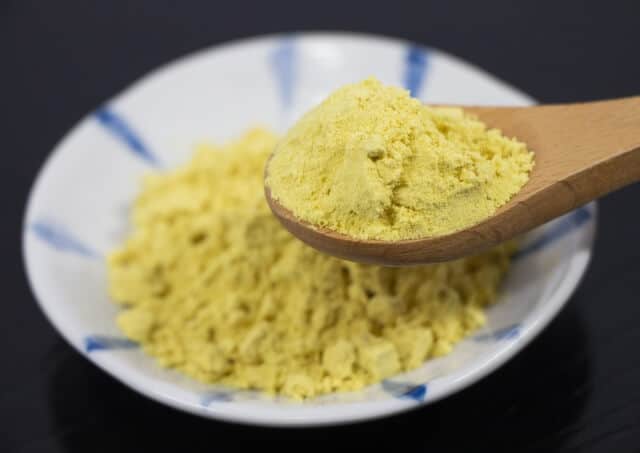
Karashi Ingredients
| Ingredients of Karashi for 2 persons | Measurements |
|---|---|
| Powdered mustard | 10g |
| Hot water around 40℃ | 25g |
How to make Karashi?
You only need a small bowl, a spoon, and hot water at about 40°C.
Put the necessary powdered mustard in a bowl and knead it with hot water to make it hard.
At a restaurant, they prepare the hard state and melted it to the required hardness when needed, but at home, it is easier to melt it hard first and then adjust the looseness later.
When adding more water from here and dissolving is to make it hard enough to scoop with chopsticks. If the mustard is too hard or crunchy, the person may be unable to pick up the desired amount of mustard with chopsticks.
Various recommended Karashi
In Japan, you can find karashi in every store, but here are the recommended brands from different stores in Japan.
Muso “Umami original, mustard tube”
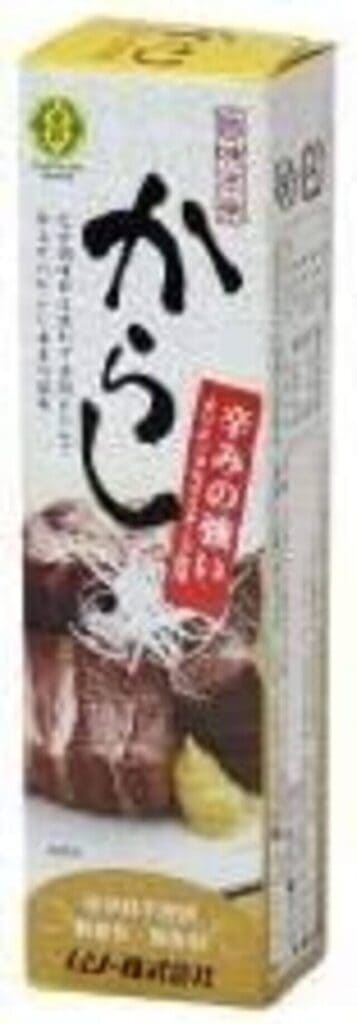
A hot kneaded mustard made with only oriental mustard seeds and no preservatives or colorings. Locals used it for various dishes, and since it is a tube type, it is good for those who often use it little by little.
Sansei “Demon Mustard”
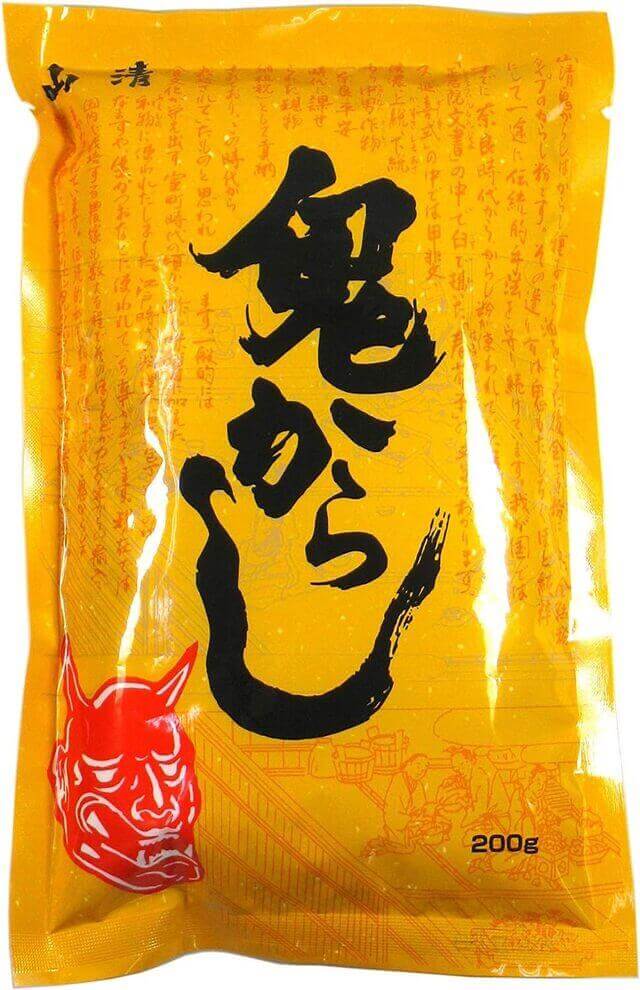
Yamasei’s “Oni Mustard” is a representative product among the types of mustard kneaded each time. Only the oriental mustard seeds used in Japanese mustard are used, and it is kneaded just before use. Sansei’s Organic Oni Mustard is an organic mustard powder that uses only Canadian organic mustard seeds.
SB Foods “Economic Neri Mustard”
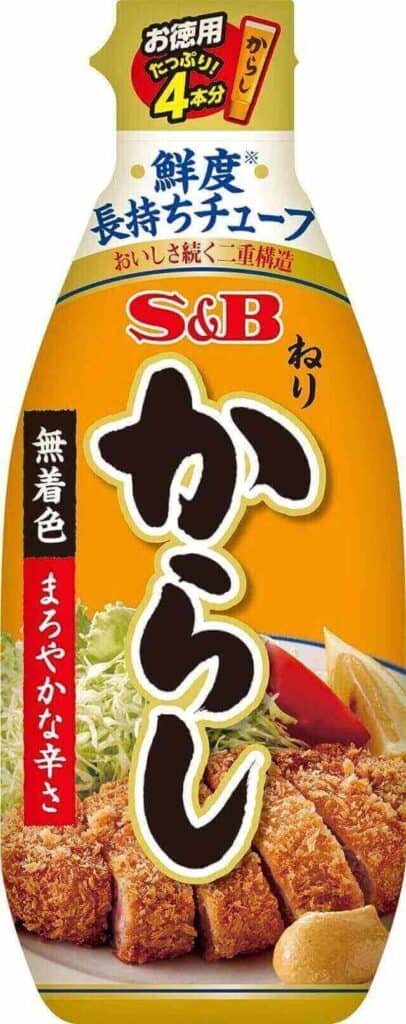
Perfect for large families and parties! At 175g, it’s a super-value mustard weighing more than 4 regular tubes. At 175g, it’s a super-value mustard weighing more than 4 regular tubes. Speaking of S&B, red cans of curry powder with a history of over 70 years are famous. The unique technique of canning the powder to retain the flavor is a technique that can be achieved by a traditional company that has produced many spice products.
Tokyo food “kneaded mustard”

Tokyo Food’s kneaded mustard is made with carefully selected ingredients. The mustard is organic JAS certified from Canada. Other raw materials are also carefully selected with attention to domestic production and organic.
For Online Shopping
For those who want to order or buy Karashi in Japan, you can mail it to your home online on Rakuten. You can check out some shops that sell Karashi via Rakuten by clicking below.
And for those who want to order or buy but live away from Japan. You can ship them from Rakuten by following the steps below. Rakuten offers International Shipping Service, so do not worry about how to receive your items. Rakuten Global Express is an online shopping service that allows users to shop at stores in Japan.
Sign up
First, you need a Rakuten ID. If you are already a Rakuten member, you can start using Rakuten Global Express. If you have not registered yet, click here.
Get your personal RGX address
After signing up, you will get a Japanese address: a Rakuten Global Express address.
Shop at stores in Japan
Now that you get yourself a personal RGX address (Rakuten Global Express address). You can shop online in Japan, click here to shop for Karashi (not only Rakuten but other online stores are also included).
When you have decided on your items, set the delivery address to your Rakuten Global Express address.
Confirm items
After items are shipped to the RGX address, they will be packed into one package. You also receive an email upon confirming these items and payment.
Once the payment is confirmed, your package will be delivered within a designated period depending on your shipping choice.
Takeaway
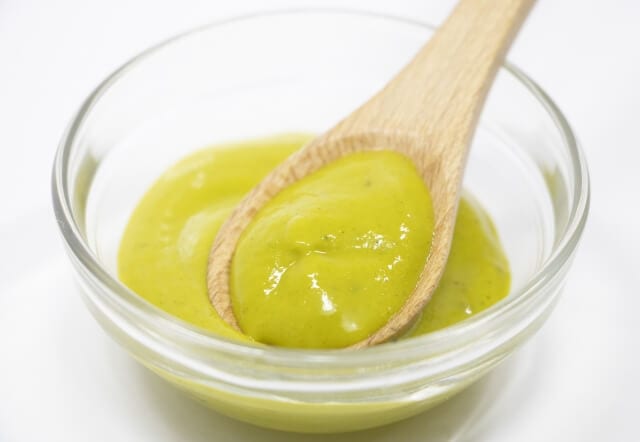
We hope reading the article about Karashi in Japan has given you a better understanding of this unique and flavorful condiment. Whether you’re a food enthusiast or just someone curious about different cultures, my aim is that you’ve gained some valuable insights into the role Karashi plays in Japanese cuisine. So, next time you enjoy a meal with a kick, you’ll savor the taste and appreciate the history and tradition behind that little dollop of Karashi.
You can check some Japanese dishes below that we know you would like to try too.
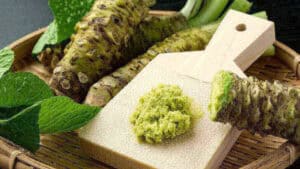
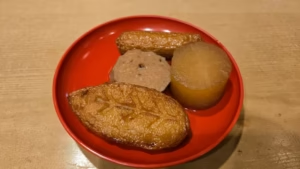


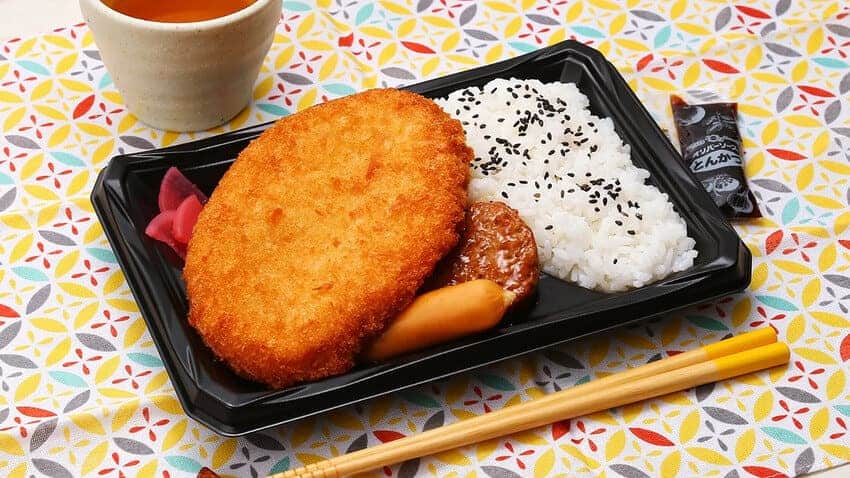



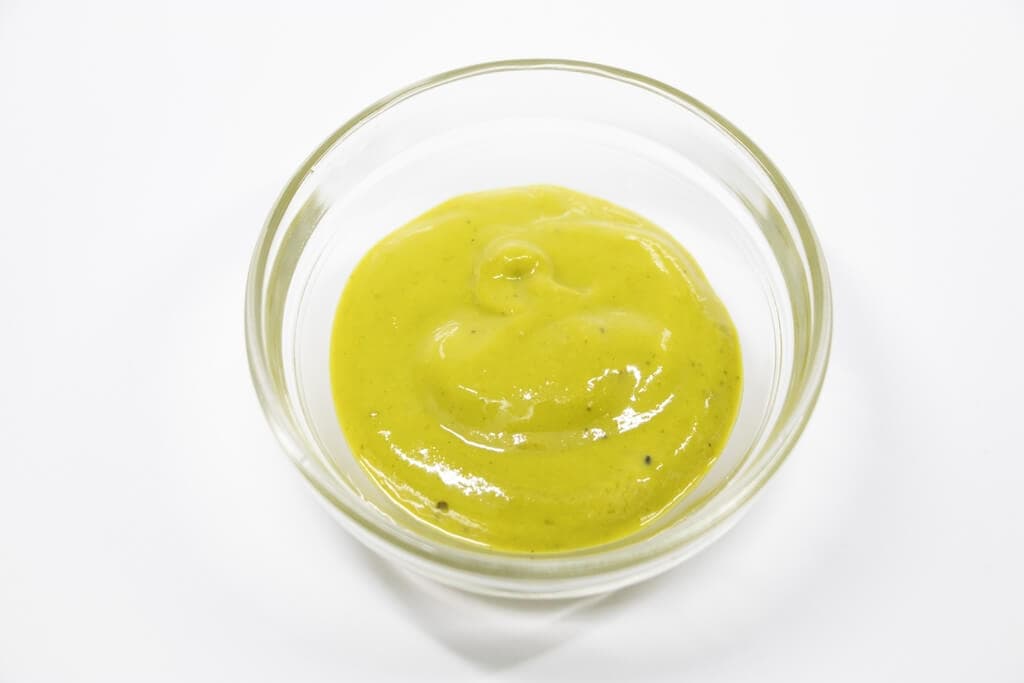
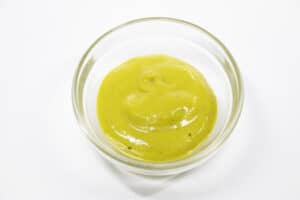

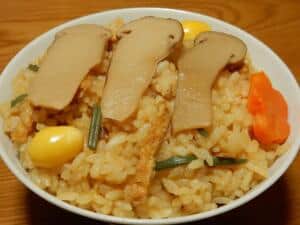
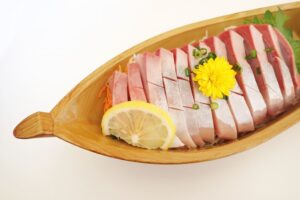
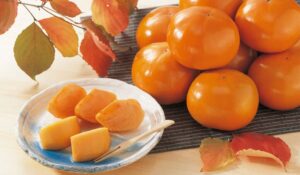
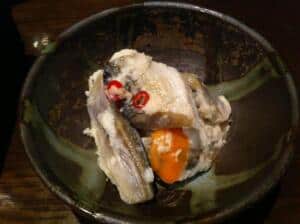

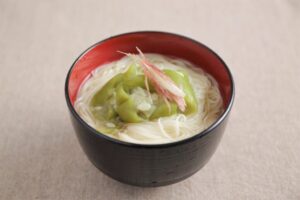
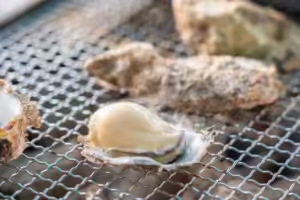
Comments